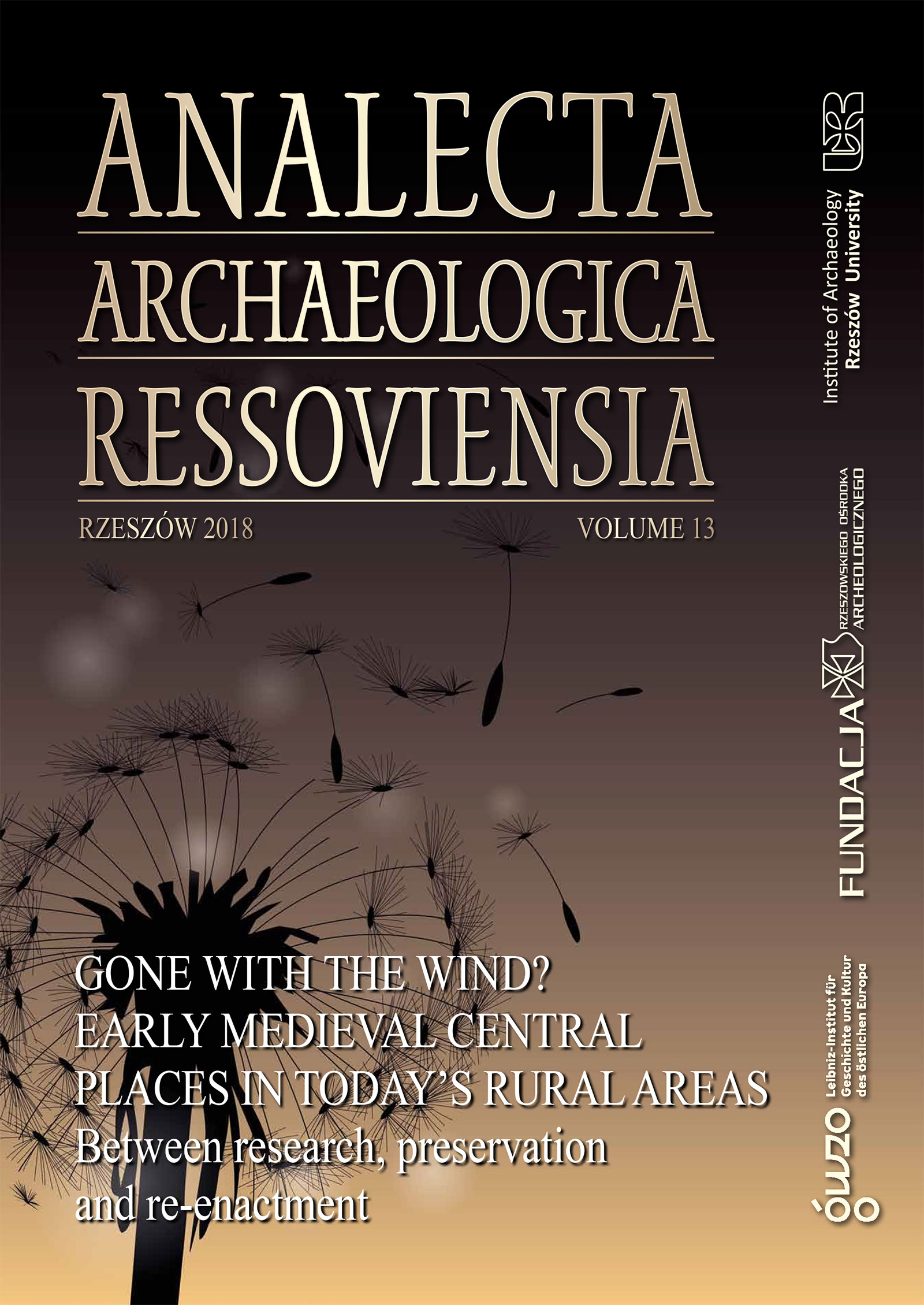Ist Gana noch zu retten? Über den Zustand frühmittelalterlicher Burgen im ländlichen Sachsen
DOI:
https://doi.org/10.15584/anarres.2018.13.10Keywords:
early medieval hillforts, Slavic heritage, Polabian SlavsAbstract
Saxony’s most impressive medieval monuments include about 200 strongholds, preserved in quite different conditions. They bear witness to a story that can be enlightened only fragmentarily from written sources. The assumption was that they were built in response to western aggression. In the meantime, however, they are considered to have served military, administrative and representative purposes as local centres of control. Many of them have taken damage by fire, which can be seen as evidence of very troubled times during the 10th and 11th centuries. These wars might have caused a decline in population, exposing the fertile lowlands to a desertification process no later than the second half of the 11th century. Some of the strongholds have fallen prey to soil improvement; some were built over or served as quarries for roads, bank fortifications and buildings. Civic engagement contributed to seeing the castles as landscape elements worth protecting. Strategic land acquisitions and high-profile campaigns were initiated at a time when state preservation was still in its infancy. Nevertheless, the destruction continues, reaching terrain cuts up to 3 cm, especially in high-yield agricultural landscapes. Achieving a change for the better will be a social task for years. A shift in the EU agricultural subsidies, considering ecological preservation as well as monument protection aspects, could be a linchpin.

